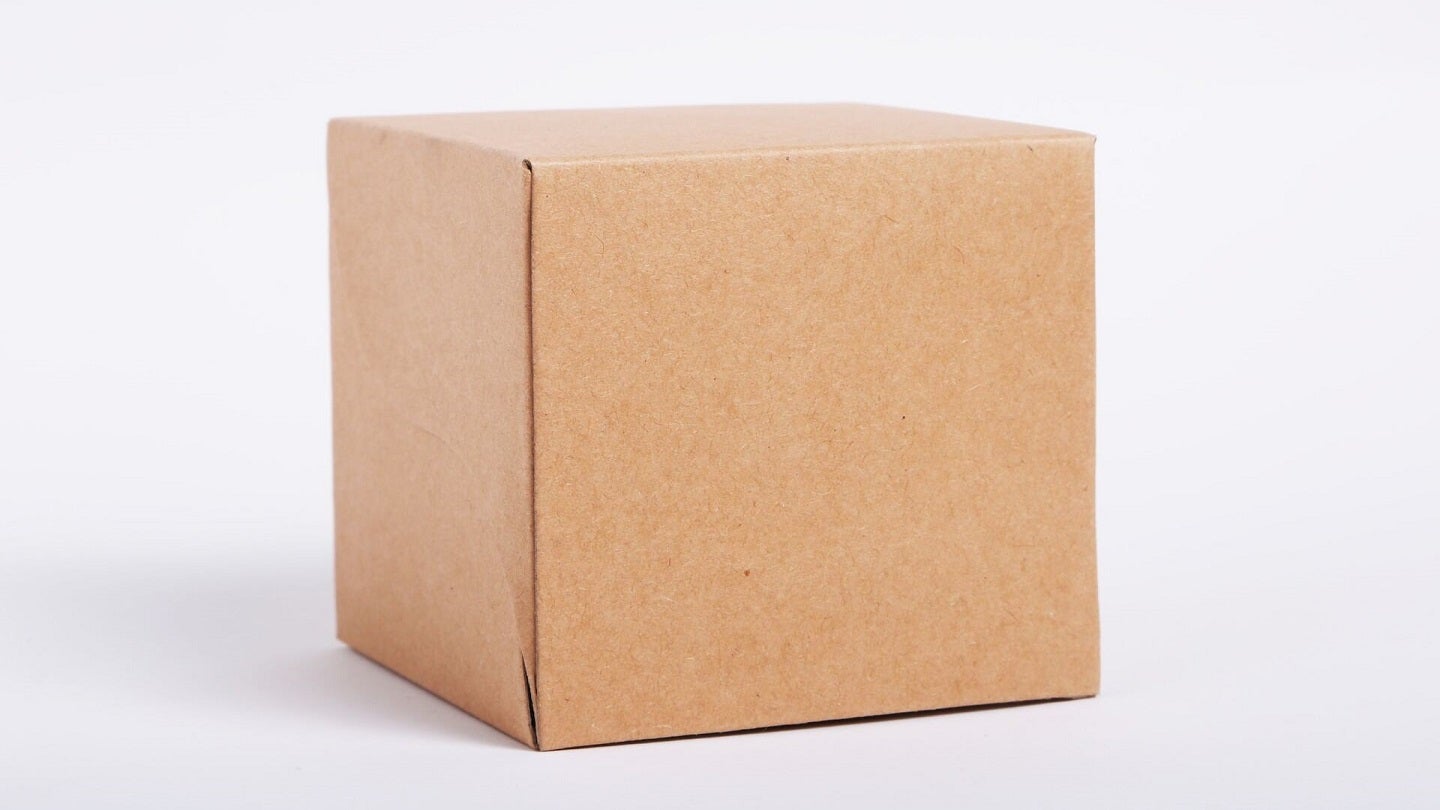
Packaging and tissue products manufacturer Cascades has reported that its net income grew to C$34m ($24.65m) in the third quarter (Q3) of financial year (FY23).
The company’s earnings per common share for the quarter was C$0.34, compared with a net loss per common share of C$0.02 in Q3 FY22.
Its operating income for the period ending 30 September 2023 rose to C$80m, up from C$25m in Q3 FY22.
Cascades generated C$1.19bn in sales in Q3 FY23, up from the prior year quarter’s figure of $1.174bn.
The company posted adjusted earnings before interest, taxes, depreciation and amortisation of C$161m, up from C$111m in the same period last year.
This growth was attributed to improvement in the company’s Tissue Papers segment, as well as lower raw material, logistics, and energy costs.
The company’s net debt as of the end of the quarter was C$2.08bn, against C$2.07bn as of the end of June this year.
Cascades president and CEO Mario Plourde said: “We are pleased with our solid third-quarter results.
“On a consolidated basis, we are forecasting fourth-quarter results to decrease sequentially. This is driven by lower expected results in our Containerboard segment due to higher raw material costs, slightly lower average selling prices and usual softer seasonal volumes in the fourth quarter.
“Results in the Specialty Packaging and Tissue Papers segments are expected to remain stable on a sequential basis. More broadly, we continue to remain prudent on the demand side, most notably in our packaging businesses, due to general economic uncertainty.”


